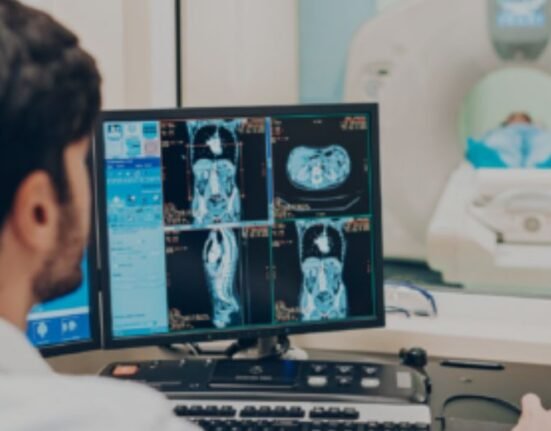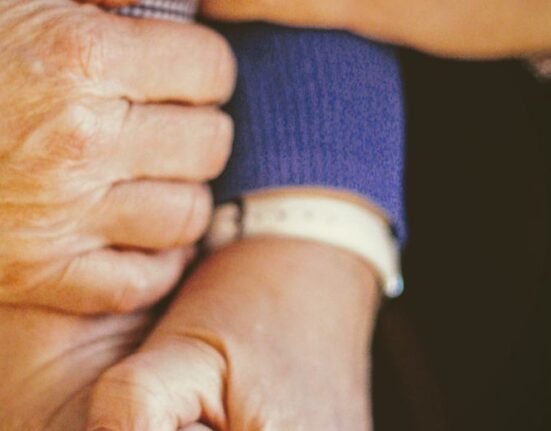HQ Team
June 28, 2024: Scotland’s researchers and doctors have performed a non-invasive operation on a patient with Parkinson’s disease using the country’s first ultrasound thalamotomy that allowed him to regain control of his finger movements.
A team at the University of Dundee’s School of Medicine, completed the operation on 63-year-old Ian Keir, a resident of Carnoustie situated at the mouth of the Barry Burn on the North Sea coast in Scotland.
The Dundee team have performed 60 thalamotomies for patients living with essential tremor, but this is the first time a patient with Parkinson’s disease in Scotland has been treated, according to a Dundee statement.
The team utilised the state-of-the-art Insightec Exablate system, which uses high-intensity focused ultrasound, allowing for incision-free treatment to be administered.
Uncontrollable tremors are one of the symptoms most associated with Parkinson’s disease, prompted by reduced levels of the chemical dopamine in the brain.
Creating a lesion
Thalamotomy is a surgical procedure used to treat tremors by creating a lesion in a part of the brain known as the thalamus, which controls a person’s movements. A lesion is an area of abnormal or damaged tissue caused by injury, infection, or disease.
This is the first treatment to take place in Scotland as part of an international, multicentre, clinical trial as thalamotomy using ultrasound is not currently available through the National Health Service for patients with Parkinson’s disease.
Dr Tom Gilbertson, Consultant Neurologist and Honorary Senior Lecturer within Dundee’s School of Medicine said: “This is a milestone moment for Scottish medicine.
“We have already witnessed the transformative impact that similar procedures have had for patients living with essential tremor, so to replicate that for those living with Parkinson’s – who may never have dreamed of having such control of their movements again – is a huge privilege.”
A firefighter
Ian Keir, a firefighter, said he is now tremor-free having received the procedure earlier this month. He got Parkinson’s in 2018 and it started with a twitch in his finger. “It was very innocuous to start with, but I had no control over it.”
“My handwriting was pretty much illegible as well. The tremors affected my right hand, which I used for writing, but I never really mastered writing with my left hand.”
“Over the years my tremors got significantly worse. It was incredibly frustrating trying to do everyday things. Making a cup of coffee meant the coffee invariably went all over the place. I had to learn to eat with just a fork as cutting food became very difficult.”
“It feels like a miracle,” he said. “My tremor has completely gone – it’s as though I never had it. I’m now able to do exactly what I could before. I can pour a jug of water, my handwriting is back, and I’m now able to do things without thinking about them beforehand.”
“Now I’m able to cut my food and pour a glass of water. Anything at all. While I’m aware this isn’t a cure for Parkinson’s, it is a cure for some of my symptoms. I’m so grateful and just want to make the most of every day.”
Fundraising campaign
The University of Dundee purchased the equipment required for research trials with funds donated during a fundraising campaign.
“Ian is proof that research like that taking place here at the University is leading to advances capable of transforming the lives of Parkinson’s patients,” said Dr Tom Gilbertson.
The prevalence of Parkinson’s has doubled in the past 25 years. Global estimates in 2019 showed over 8.5 million individuals with Parkinson’s disease, according to the WHO.
Current estimates suggest that, in 2019, Parkinson’s resulted in 5.8 million disability-adjusted life years, an increase of 81% since 2000, and caused 329,000 deaths — an increase of over 100% since 2000.
There is no cure for Parkinson’s disease, but therapies including medicines, surgery and rehabilitation can reduce symptoms.








